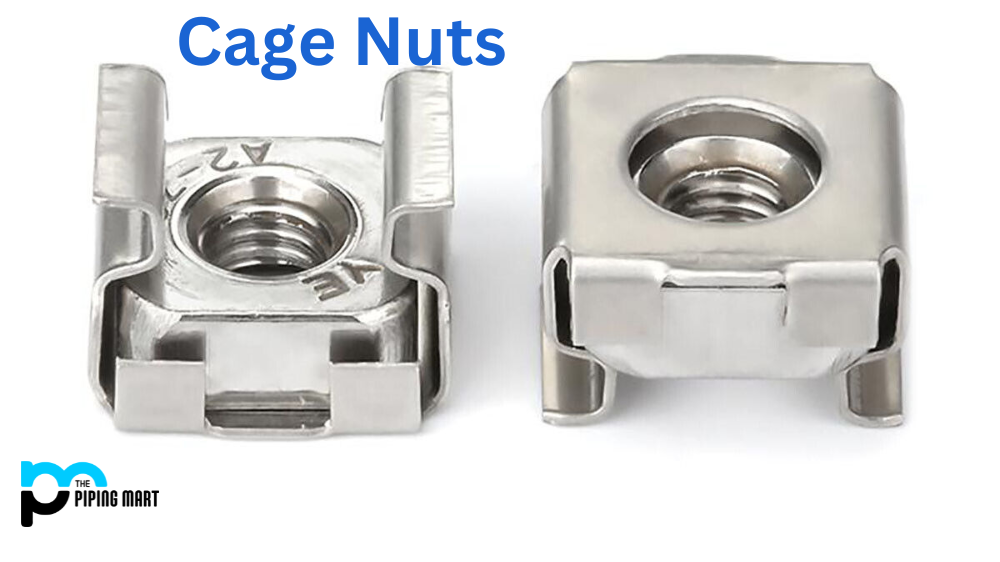Have you ever been confused about the difference between bolts and nuts? If so, you are not alone. Although these two components might seem similar on the surface, there is actually a lot of variation between them. Let’s take a closer look at bolts and nuts to better understand their differences.
What are Bolts?
Bolts are long, cylindrical fasteners that have threads that run along their length and a head at one end. The purpose of a bolt is to draw two or more objects together securely with the help of a nut. One end of the bolt has external threads that match those on the nut, allowing the two pieces to be joined together tightly and creating an incredibly strong bond. Different types of bolts include carriage bolts, lag screws, hex cap screws, and eye bolts.
What are Nuts?
Nuts are threaded metal cylinders with an internal threading pattern that matches up with external threads on any given bolt size. When correctly tightened in place with a wrench or other tightening tool, nuts ensure that objects remain secure against vibrations or movement caused by outside forces such as wind or heavy machinery. Common types of nuts include hexagonal nuts, round-headed nuts, square-headed nuts, U-nuts (also known as “U-bolts”), castle nuts, lock washers, and jam nuts.
Difference Between Bolts and Nuts
When it comes to fastening objects, bolts and nuts provide a tried-and-true solution. Although both are essential for this process, they serve different purposes; bolts attach two pieces of material by going through one and then being secured with a nut, while every nut needs to be held in place with at least one bolt. This relationship, often referred to as the mating of bolts and nuts, is an example of mechanical interdependence that has been critical for countless projects since ancient times. Nowadays, with their advanced designs and materials, bolts and nuts remain popular choices for almost any construction application. With the right knowledge and tools at hand, any large structure can be securely affixed by employing the timeless principle of matching bolts and nuts.
- Bolts are fasteners that are used to connect two or more pieces of metal together.
- Nuts are fasteners that are used to secure a bolt in place.
- Bolts are typically made from steel, while nuts are typically made from brass.
- Bolts have a head on one end that is used to grip the material, while nuts have a head on one end that is used to grip the bolt.
- Bolts are inserted into holes and tightened using a wrench, while nuts are threaded onto bolts and tightened using a wrench.
- Bolts are available in a variety of sizes, while nuts are available in a limited number of sizes.
- Bolts are available in a variety of finishes, including zinc-plated, galvanized, and stainless steel. Nuts are available in a limited number of finishes, including zinc-plated and galvanized.
- Bolts are used in a wide variety of applications, including construction, automotive, and plumbing. Nuts are used in a limited number of applications, primarily construction and automotive.
- Bolts are typically sold in bulk quantities, while nuts are typically sold individually or in small quantities.
- The price of bolts varies depending on the size, finish, and the quantity purchased. The price of nuts varies depending on the size and finish purchased
Conclusion:
It is important to know the difference between bolts and nuts so you can select the correct fastener for your needs. Bolts have external threads along their length, while nuts have internal threading patterns that match up with corresponding bolt sizes; when used in combination with each other, they create an incredibly strong bond that can withstand vibrations or movement from outside forces. Knowing which type of fastener to use will help ensure your project goes smoothly without any hiccups along the way!

Meet Bhavesh, a seasoned blogger with a wealth of knowledge and experience. From metal products manufacturing to retail, Bhavesh has a diverse background in various industries and is dedicated to sharing his insights and expertise with readers.




